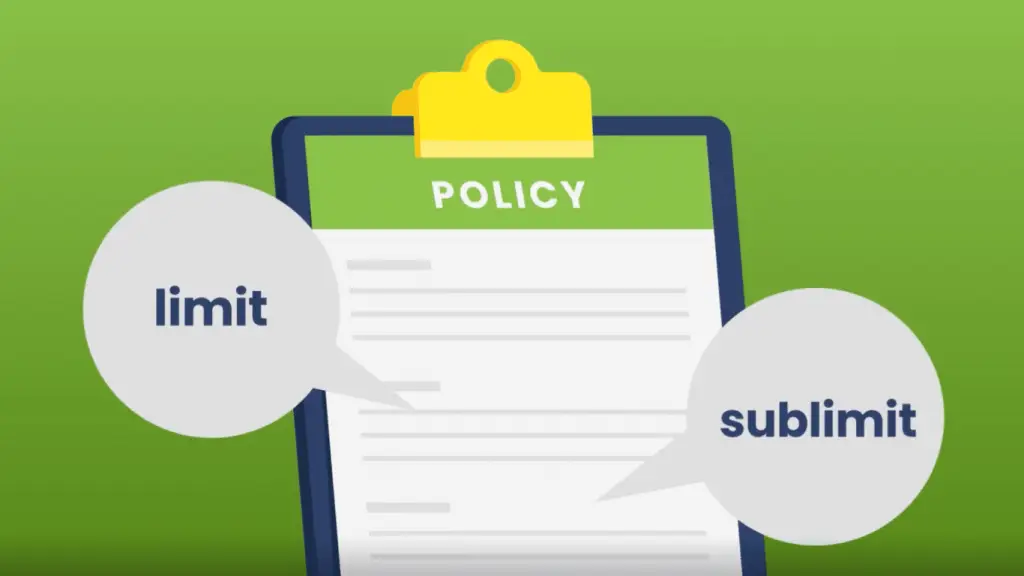[ad_1]
Limits and Sublimits in Insurance Policies
Limits and sublimits set caps on how much your carrier will pay out for different types of losses. Learn how each can impact your claims in the video below!
Transcript:
Limit and sublimit–two terms you’ve likely seen in your insurance policy. They both set boundaries on payouts but apply to different things. Let’s break it down by focusing on how each applies to your property coverage specifically.
A limit is the maximum amount an insurance carrier will pay for a covered property loss. This amount depends on your property’s value and size. The limit is typically based on the insured value of the property, often determined through tools like a Replacement Cost Estimator or by adhering to minimum required coverage standards, such as a specific dollar amount per square foot.
Sublimits apply to specific losses–like theft, vandalism, or tree removal. While these may be covered, the payout for each loss is capped. For example, while theft is a covered peril on most policies, any claim payout may be limited to thirty-thousand dollars.
Don’t assume you’re fully covered for all types of losses. It’s very likely certain losses on your policy are capped or have specific payout restrictions.
Want more tips on protecting your investment properties? Subscribe to our YouTube channel for insurance insights!

